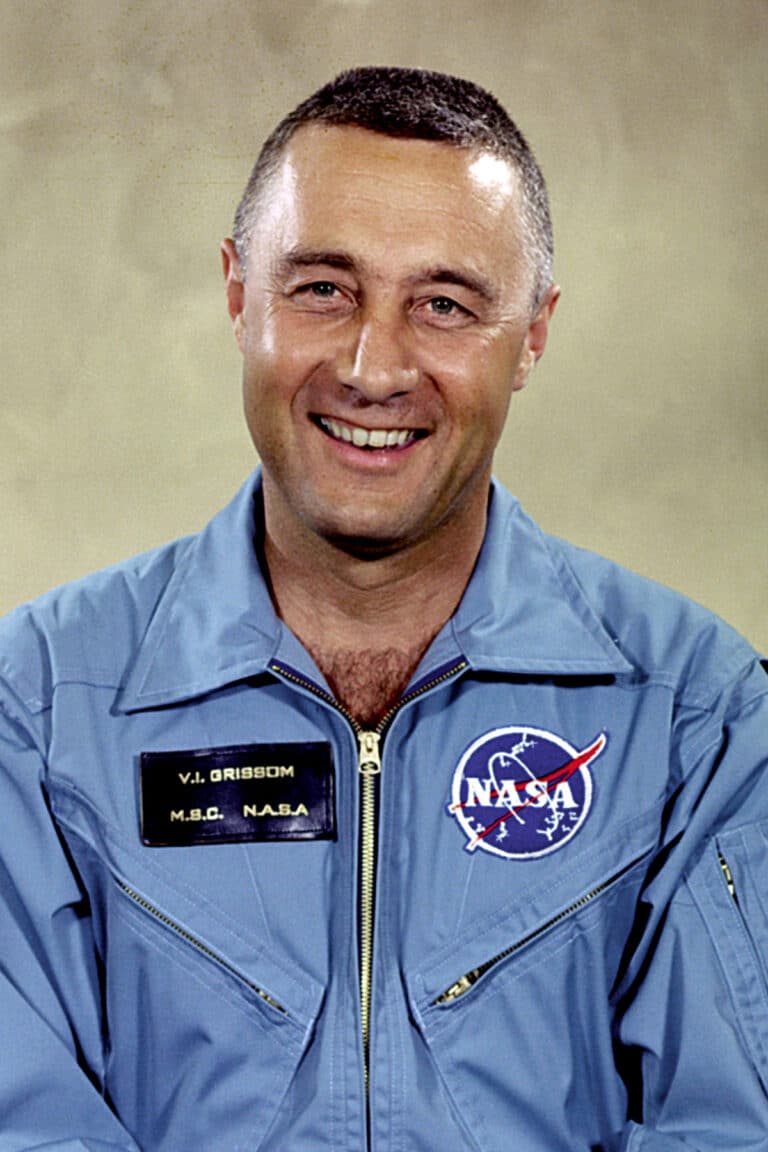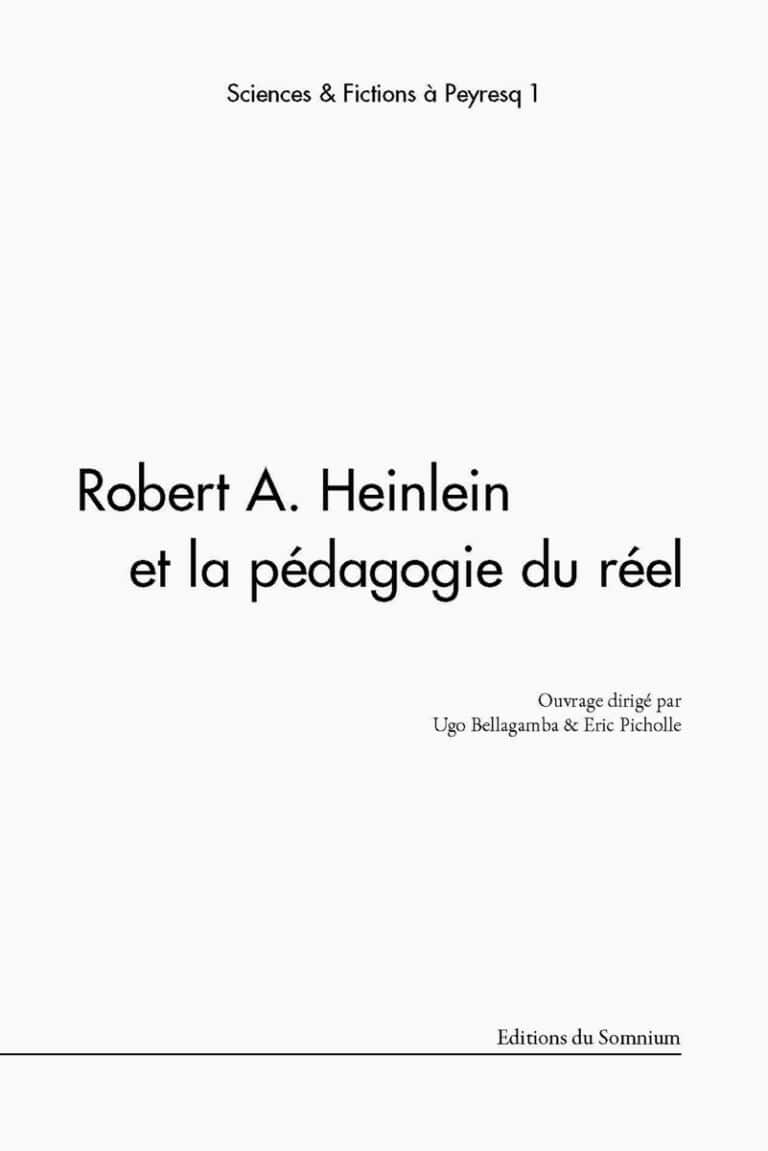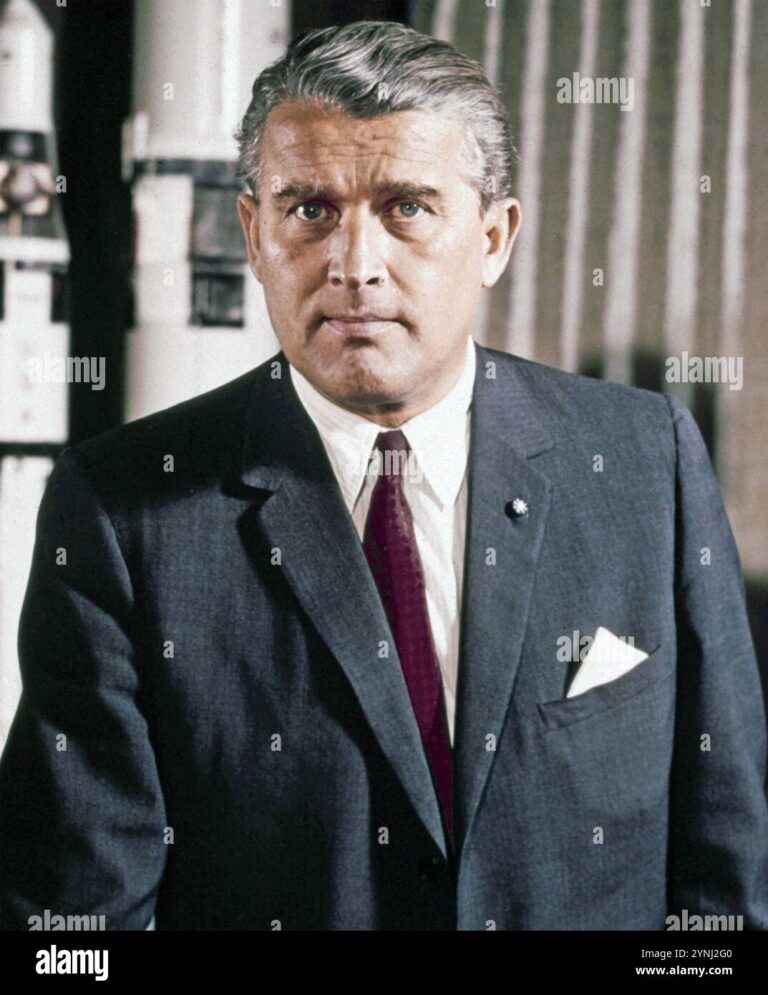The story of Vladimir Komarov, the first cosmonaut to lose his life during a space mission, raises profound questions about the risks associated with space exploration. On April 24, 1967, he faced a tragic situation aboard Soyuz 1, a spacecraft already doomed to failure. His sacrifice not only highlights the inherent dangers of space conquest but also testifies to the courage and dedication of the men and women who embark on these extreme adventures. This story echoes even today, reminding us that every scientific advancement often comes at a high price.
Table des matières
ToggleWhat does the tragic story of Vladimir Komarov teach us?
The tragic story of Vladimir Komarov is a poignant reminder of the inherent risks of space exploration. As the first cosmonaut to lose his life during a mission, his fate raises crucial questions about safety and ethics in the field of aeronautics. On April 24, 1967, while he was orbiting our planet aboard Soyuz 1, Komarov made the ultimate sacrifice for the advancement of science and technology. By agreeing to pilot a malfunctioning spacecraft, he demonstrated undeniable courage, but also a tragic sensitivity to systemic negligence.
This tragedy sheds light on the often little-known commitments of astronauts, who, despite the dangers, continue to move forward to unveil the mysteries of the universe. Komarov became a symbol of heroic courage but also of a certain fatality. His death teaches us the importance of stringent safety protocols, as each mission must be prepared with the utmost rigor.
Ultimately, the story of Komarov embodies both the pioneering spirit of space exploration and the devastating challenges that accompany it, urging us to always better protect those who venture into the unknown.

What does the tragic story of Vladimir Komarov, the first cosmonaut to lose his life in space, teach us?
On April 24, 1967, the Soyuz 1 mission marked a turning point in the history of space aviation, but also a moment of deep sorrow for humanity, as it cost the life of cosmonaut Vladimir Komarov. An air force officer and accomplished pilot, Komarov was part of the very first group of cosmonauts selected by the USSR, an environment where the competition for space conquest was at its peak. This tragic event teaches us not only about the inherent risks of space exploration but also opens the debate on the moral and ethical challenges associated with high-risk missions.
Vladimir Komarov was born on March 16, 1927, in Moscow and joined the city’s air force school at the age of 15, during World War II. His exemplary journey quickly propelled him into the skies, where he distinguished himself as a talented pilot. In 1964, he became the first cosmonaut to fly twice in space, which solidified his reputation within the Soviet space agency and reinforced his status as a space icon. However, his final mission aboard Soyuz 1 was to take a tragic turn.
The spacecraft was, in fact, a risky project, suffering from design flaws that had not been fully resolved by the time of its launch. Despite this, Komarov, known for his bravery, chose to pilot the craft to avoid compromising the missions of his colleagues, including that of Youri Gagarine, the first man in space. This decision reflects the deep sense of duty and altruism that characterized the cosmonauts of that era.
On April 24, after several hours in orbit, technical problems arose. In particular, the opening of one of the parachutes proved faulty during his return to Earth. Despite the alerts raised by Komarov regarding technical anomalies, the mission continued. Following a free fall, the spacecraft landed violently, resulting in Komarov’s death. He thus became the first man to lose his life during a space mission.
This tragedy highlighted the inadequacies of safety protocols of the time. The numerous technical failures that plunged Komarov into such a perilous flight raise essential questions about the responsibility of space agencies in protecting the lives of their pilots. The story of Komarov paved the way for rigorous revisions of safety standards in aeronautics and promoted a better understanding of the dangers of space exploration.
Moreover, the legacy of Vladimir Komarov is not limited to his death. His sacrifice led to increased awareness and respect for the lives of astronauts. This has caused future missions to be approached with more caution, honoring those who, like Komarov, dared to challenge the limits of space and take considerable risks to advance human exploration.























